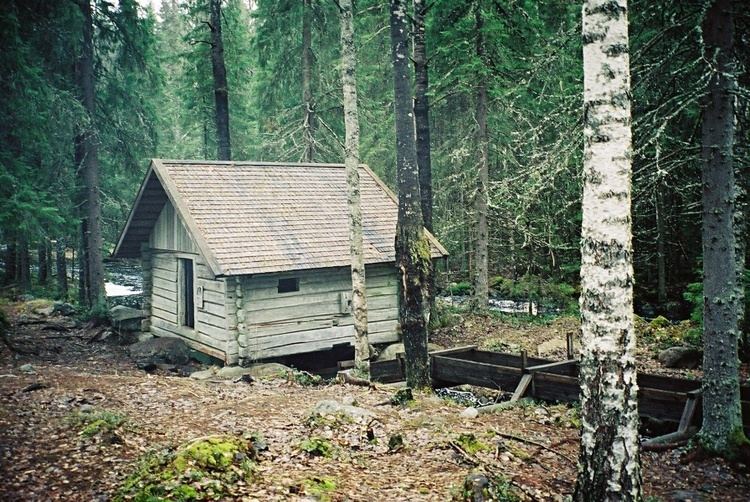Phone +358 20 6395270 | Area 45.5 km² Established 1982 | |
 | ||
Hours Open today · Open 24 hoursSundayOpen 24 hoursMondayOpen 24 hoursTuesdayOpen 24 hoursWednesdayOpen 24 hoursThursdayOpen 24 hoursFridayOpen 24 hoursSaturdayOpen 24 hoursSuggest an edit Similar Helvetinjärvi National Park, Isojärvi National Park, Kauhaneva–Pohjankangas National Park, Lauhanvuori National Park, Liesjärvi National Park Profiles | ||
Winter sunset day hike at seitseminen national park
Seitseminen National Park (Finnish: Seitsemisen kansallispuisto) is located in the municipalities of Ikaalinen and Ylöjärvi in Finland. The national park was established in 1982 and later expanded in 1989. It now covers 45.5 square kilometres (17.6 sq mi). The park is a typical mix of upland and lowland coniferous boreal forests of the Suomenselkä watershed region. Upland areas are dominated by closed productive stands of Norway spruce and Scots pine while lowland areas are covered by sphagnum swamp and bog areas that also contain stunted (Scots pine) and shrublike (Norway spruce). These swamp and bog areas appear to be barren due to the sparse tree densities. Parts of the park contain some of the most ancient and oldest forests that are accessible to public in Finland.
Contents
- Winter sunset day hike at seitseminen national park
- Seitseminen national park pitk j rven mets k mpp seitsemisen kansallispuisto
- Fauna
- References
The Kovero Farm (Finnish: Koveron kruununmetsätorppa), a tenant farm established in 1859, is part of the cultural heritage area of the park.
Seitseminen National Park received the European Diploma of Protected Areas on June 19, 1996. It was valid until June 2011.
Seitseminen national park pitk j rven mets k mpp seitsemisen kansallispuisto
Fauna
The mires – that cover more than half of the park's area – are inhabited by black grouses, common cranes, whooper swans, wood sandpipers and northern willow grouses. The old-growth forests house hole nesters such as Eurasian pygmy owls, Ural owls, three-toed woodpeckers, red-breasted flycatchers and the Siberian flying squirrel. The emblem species and the most common species in the park is the pine marten.
